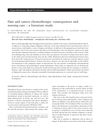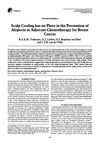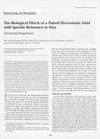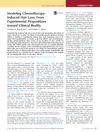Hair Loss as a Consequence of Cancer Chemotherapy – Physical Methods of Prevention: A Review of the Literature
January 2011
in “
Wspolczesna Onkologia-Contemporary Oncology
”
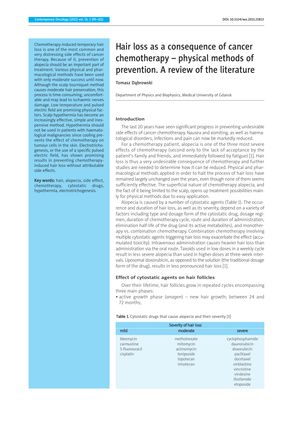
TLDR Scalp hypothermia can prevent chemotherapy-induced hair loss but is not suitable for all patients, and more research is needed to improve prevention methods.
In the 2011 review, chemotherapy-induced hair loss was addressed as a distressing side effect of cancer treatment. Physical methods like scalp tourniquet were deemed time-consuming and potentially harmful, while scalp hypothermia was recognized as simple and inexpensive but not suitable for patients with hematological malignancies. Electrotrichogenesis (ETG) showed potential in preventing hair loss without side effects. However, the effectiveness of scalp hypothermia varied due to factors such as treatment temperature and duration, cooling device design, chemotherapy regimen, and study methodology. Some clinical trials supported its effectiveness, particularly with certain drugs, while others did not. Side effects like headaches and the risk of scalp metastases were noted. ETG appeared promising but lacked extensive research and FDA approval. The review emphasized the importance of selecting appropriate hypothermic therapy for specific chemotherapy regimens, except in cases involving the hematopoietic and lymphatic systems, and called for more studies to improve prevention strategies for chemotherapy-induced alopecia.
